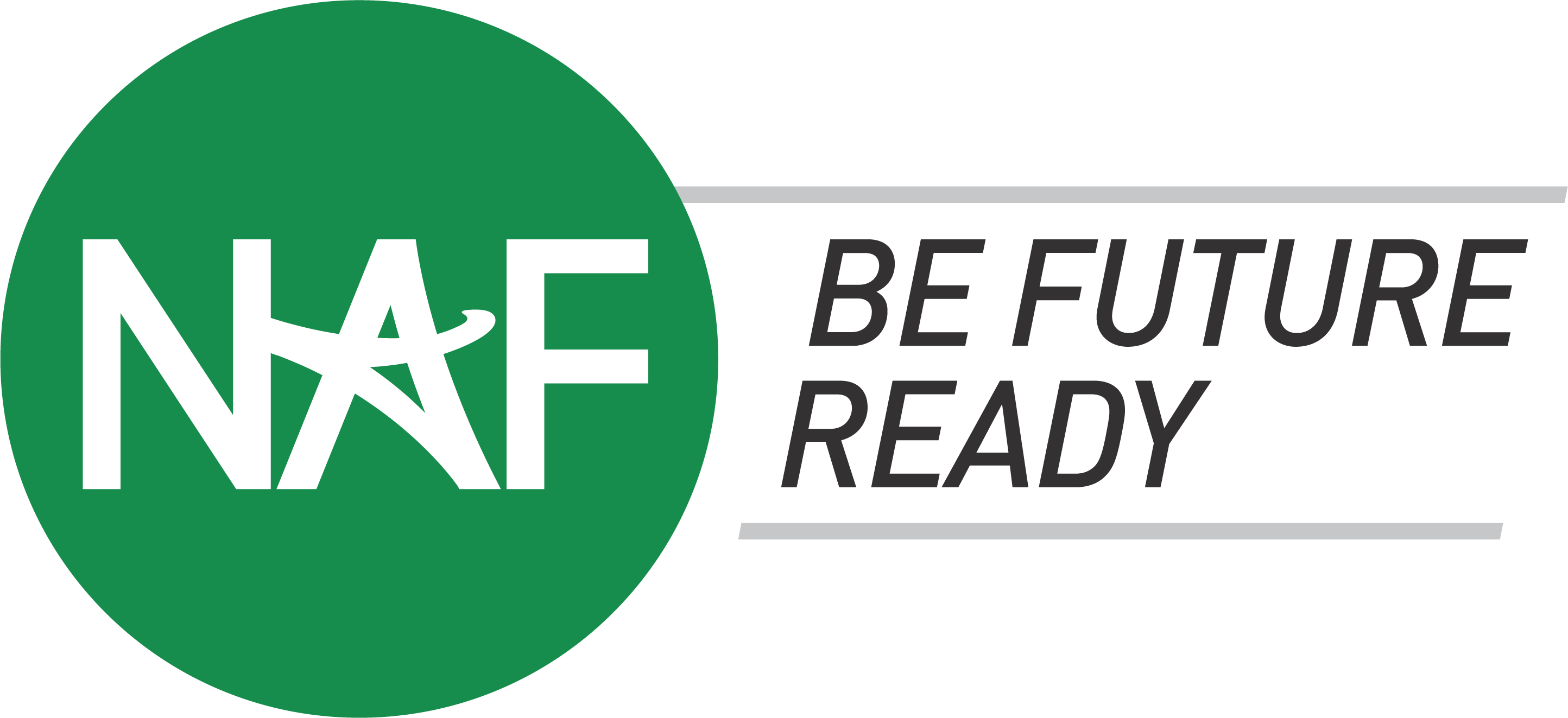More than one billion children globally were not able to learn in physical classrooms since the closures due to the COVID-19 pandemic. With this disruption, we risk a “lost generation” of young people with an uncertain future.
As COVID-19 has compelled governments to shutter schools and pivot to remote online learning, the private sector can help by suggesting strategies and providing resources to enable educators to compensate for the disruption, and plan for more effective remote learning.
If not, then our children, particularly those from underserved communities, are at risk of falling even further behind academically, socially and economically.
There is evidence that even small interruptions in schooling can lower academic achievement and career preparation. A 2007 paper from University of Maryland professors found that grade school students with cancelled classes due to snow had poorer test scores than peers. Another study, in the Journal of Labor Economics, found that Argentinians whose studies were interrupted due to teacher strikes in the 1980s and 1990s were more economically disadvantaged for their entire lives. Students were less likely to earn high school or college degrees. As adults, they earned less money than average, and were more prone to unemployment.
Amid current school closures, government leaders, principals and teachers — our everyday heroes — have provided alternatives for academic learning, food and other social services. Although most schools arepressing on by hosting virtual classes, it is an improvised affair with unevenly distributed benefits. Children from low-income families are particularly at risk, as some do not have appropriate technology to participate in proper distance learning.
Investments in computers and broadband will go a long way for all students to keep learning. But the long-term solution shouldn’t end with computers; the devices themselves don’t magically teach students. Vitally important are investments in professional development that enable teachers to integrate online tools into their instruction.
The private sector can help. For instance, many companies combine online and in-person education for its employees. While certainly different than teaching younger people, this approach may serve as inspiration for schools to embrace online learning in a measured and appropriate way, one in which the virtual and physical classroom are reimagined to complement each another.
Free online learning and credentialing platforms, such as “Open P-TECH,” are available for students to access at home, particularly those high schoolers planning for college and professional careers. The content isn’t just pure technical instruction, though. It incorporates coursework curated by NAF and others to address a spectrum of skills. For instance, it coaches students on useful workplace competencies, like collaboration, time management, critical thinking, and communication. The material can also serve as a year-round resource for teachers to augment classwork.
Open P-TECH is an example of how public / private initiatives to address underlying education inequities can encompass both the physical and online worlds. Open P-TECH extends the P-TECH education model, which connects classroom to college and careers. In this framework, public high schools students, primarily from underserved backgrounds, not only benefit from committed public high school and community college teachers, but also from private sector mentors and workplace experiences, including paid internships.
During the 1918 pandemic, in cities that banned public gatherings, schools were only closed for a median of four weeks. During this pandemic, weeks have become months. Despite the efforts of dedicated educators to pivot to online learning, the pandemic will likely result in a significant loss of learning for many children. Once schools reopen, the public and private sectors must work together in new ways to make up for lost learning time, ensure that inequities in education are not exacerbated, and make schools less prone to disruptions. Only together can we ensure that students learn every day, come what may.
Grace Suh is a Vice President of Education at IBM. Brenda Barry is Chief Program Officer at NAF.


